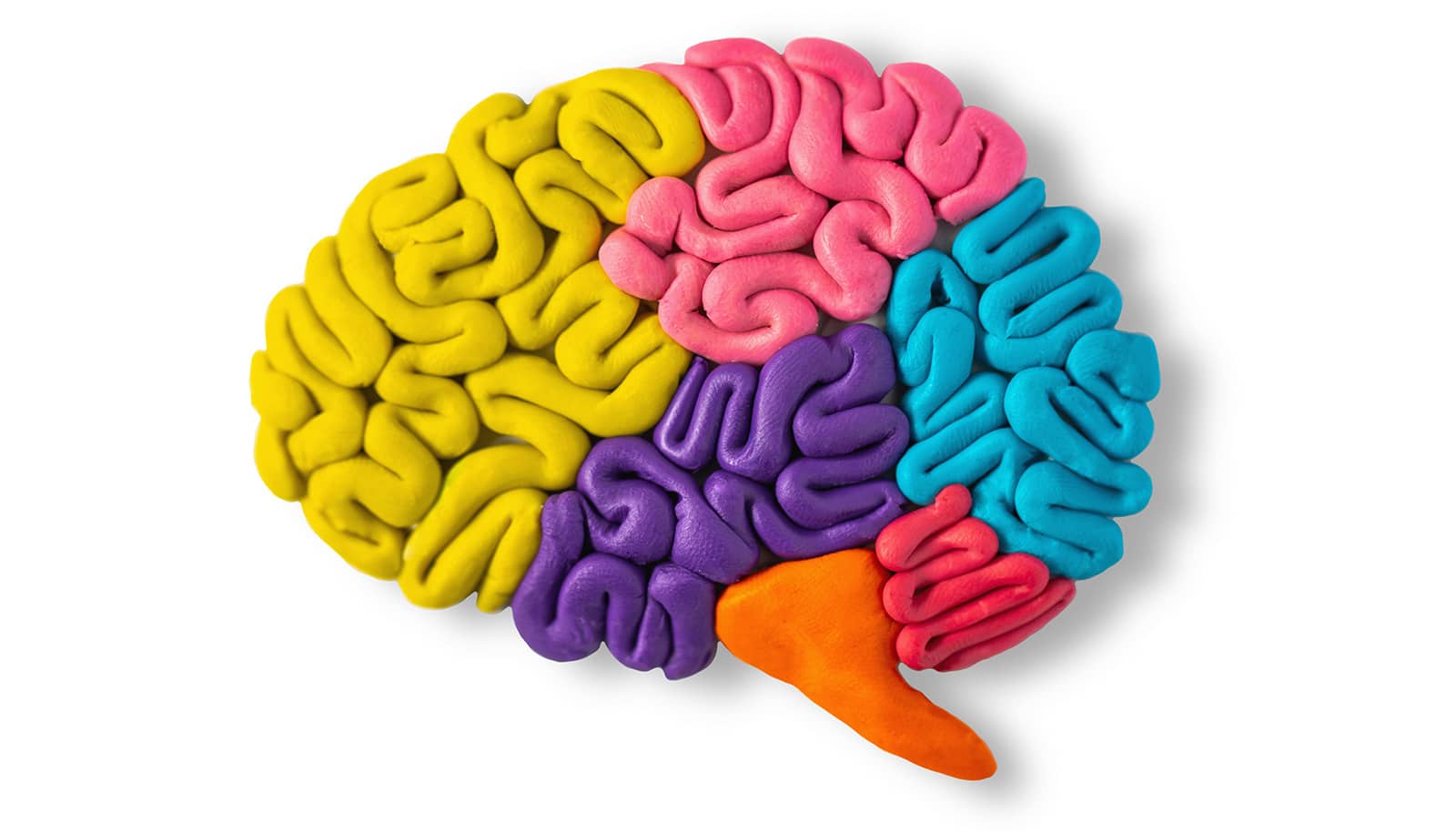Scientists have created a map of the learning and memory center of the fruit fly larva brain, which may one day lead to mapping how all animal brains work.
In a paper appearing in the journal Nature, the team report on drawing up the map, known as a “connectome.”
“It’s an early step, but it’s a step.”
The project could serve as a guide as scientists work their way up the animal kingdom and eventually chart connections among neurons in the brains of mammals. The part of the fruit fly larva brain used in the study corresponds roughly to the cerebral cortex in mammals.
“Nobody’s ever done a complete connectome” before, other than for a roundworm brain with roughly 300 neurons, says Carey E. Priebe, a professor of applied mathematics and statistics in Johns Hopkins University’s Whiting School of Engineering.
The portion of the fruit fly larva brain mapped in this project includes roughly 1,600 of the 10,000 neurons contained in a larva’s entire brain. The adult fruit fly brain is comprised of roughly 100,000 neurons, and the leap in complexity to mammals is far greater still. At the top of the chain, the human brain contains 86 billion to 100 billion neurons.
For the new research, Priebe and Youngser Park, a computer scientist in the Whiting School’s Center for Imaging Science, did a statistical analysis of connections among neurons that neuroscientists had found in the fruit fly larva brain using electron microscopy.
The Priebe and Park analysis reveals patterns of connections among the six types of neurons that had previously been misunderstood or were entirely unknown, contributing to a better understanding of how this portion of the fruit fly larva brain works. The challenge is roughly analogous to sorting out the relationships of all the parts of a complex electrical grid.
Web app is like ‘Google maps’ for the brain
The new research focused strictly on the structural connections, leaving aside functional questions of how the connections are associated with particular behaviors. Those questions were taken up in research that Priebe and Park also worked on that appeared three years ago in the journal Science.
In that case, Priebe and Park helped identify 29 separate fruit fly larva behaviors, including crawling forward and backward, rolling, hunching up, and turning away from specific odors. The two men then mapped the neurons that trigger those actions.
While Priebe does not expect to see a complete synapse-level structural connectome for the human brain completed in his lifetime, he says the new work moves the effort a bit further along.
“It is a step,” Priebe says. “It’s an early step, but it’s a step.”
The National Science Foundation BRAIN EAGER award supported Priebe and Park in their work on this project.
Brain map of sea lions shows whiskers work like ‘fingers’
Additional researchers contributing to this work are from the Howard Hughes Medical Institute Janelia Campus, Columbia University, University of Cambridge, University of Konstanz, Leibniz Institute for Neurobiology, Otto von Guericke University, and the Center for Behavioral Brain Sciences.
Source: Johns Hopkins University



